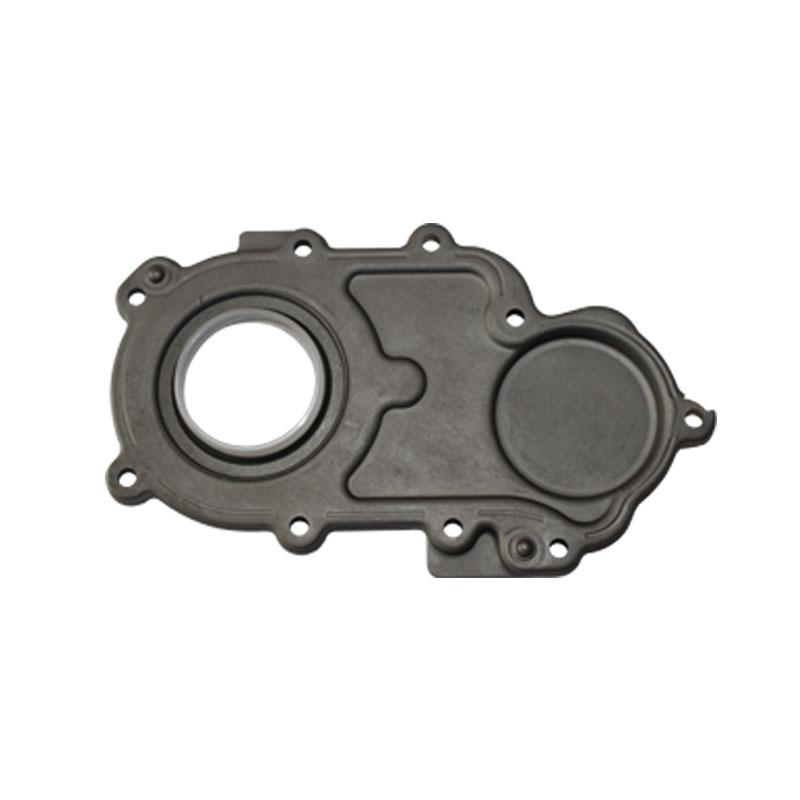Exploring the Versatility and Applications of Flat O-Rings in Engineering and Industry
Understanding Flat O-Rings A Key Component in Sealing Technology
Flat O-rings, a variation of the traditional circular O-ring, play a critical role in various industries by providing effective sealing solutions. These gaskets are commonly used in applications that require a reliable seal to prevent leakage of fluids or gases. Unlike typical round O-rings, flat O-rings are designed to be used in applications where space is limited or where a low-profile seal is needed.
Why Use Flat O-Rings?
Flat O-rings offer several advantages over their round counterparts. First and foremost, their design allows for a more uniform compression when placed between two surfaces. This characteristic ensures a consistent sealing performance, reducing the risk of leaks. The flat profile also minimizes the space they occupy in a design, making them ideal for applications where height restrictions apply.
Another significant advantage is their versatility in different sealing environments. Flat O-rings can be manufactured from a variety of materials, including rubber, silicone, and fluoropolymer compounds. This wide range of materials enables engineers to select a flat O-ring that can withstand specific temperatures, pressures, and chemical exposures tailored to the demands of their applications.
Applications of Flat O-Rings
Flat O-rings are employed in various fields, including automotive, aerospace, electronics, and plumbing. In the automotive industry, for instance, they are often used in fuel systems, oil pans, and coolant reservoirs to ensure leak-free performance. Their ability to withstand a wide range of temperatures and chemicals makes them ideal for use in harsh environments, where traditional gaskets might fail.
flat o rings

In the aerospace sector, flat O-rings are critical for ensuring the integrity of systems subject to extreme conditions, such as high pressure and temperature fluctuations. Every component must perform reliably, and flat O-rings contribute significantly to achieving these standards.
The electronics industry also benefits from flat O-rings, especially in devices that require moisture and dust protection. These seals help protect sensitive components from exposure to environmental elements, thereby extending the life and efficacy of the product.
Installation and Maintenance
While flat O-rings can provide exceptional sealing capabilities, proper installation and maintenance are crucial for optimal performance. During installation, it’s essential to ensure that the sealing surfaces are clean and free from debris, as even minor contaminants can compromise the effectiveness of the seal. Additionally, the flat O-ring should be aligned correctly to avoid uneven stress, which could lead to premature wear or failure.
Maintaining flat O-rings involves routine inspections to identify any signs of degradation, such as cracking, stretching, or swelling. Regular checks can prevent potential leaks and ensure the longevity of the sealing elements.
Conclusion
Flat O-rings may appear to be simple components, yet their importance in various industries cannot be overstated. They offer a practical solution for preventing leaks and ensuring the integrity of systems across multiple applications. By understanding their advantages, applications, and proper maintenance, engineers and technicians can harness the full potential of flat O-rings, leading to improved product performance and reliability. As technology advances, the use of specialized materials and improved designs may further enhance the capabilities of flat O-rings, solidifying their place as essential tools in sealing technology.
-
The Ultimate Guide to Car Repair Kits: Tools and Essentials Every Driver Should Own
News Aug.01,2025
-
The Complete Guide to Oil Pan Gaskets: Sealing Engine Leaks the Right Way
News Aug.01,2025
-
Preventing Oil Leaks: A Complete Guide to Oil Pan Gaskets and Drain Seals
News Aug.01,2025
-
Everything You Need to Know About Oil Pan Gaskets and Drain Plug Seals
News Aug.01,2025
-
Essential for Car Owners: How to Use a Car Repair Kit to Deal with Minor Breakdown
News Aug.01,2025
-
Comprehensive Guide to Engine Oil Sump Gaskets and Related Seals
News Aug.01,2025
-
The Ultimate Guide to Boat Propeller Bearings and Trailer Wheel Bearings
News Jul.31,2025
Products categories















